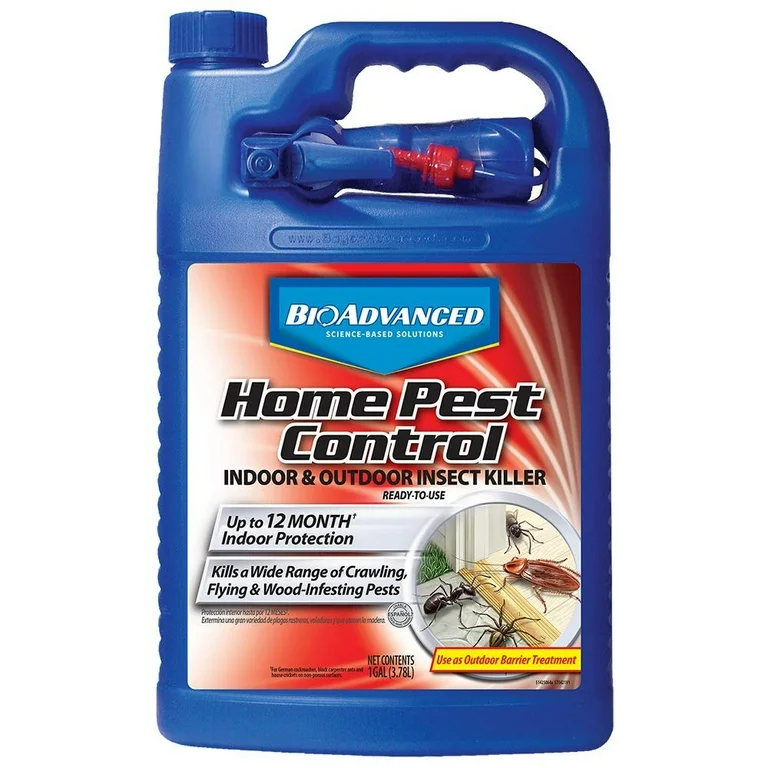A1 Bed Bug Exterminator Charlotte - Specialized Bed Bug Removal
Bed Insect Treatment Break Down: Contrasting Chemical Vs. Non-Chemical Solutions
In the realm of parasite control, especially when managing the consistent issue of bed pests, the choice between chemical and non-chemical treatment remedies can be a critical one. Both techniques offer distinct benefits and disadvantages, affecting factors such as efficiency, safety and security considerations, and overall cost. By taking a look at the nuanced information of each approach, a more clear understanding of which path to go after in resolving a bed bug invasion can be acquired.
Effectiveness of Chemical Treatments
Chemical treatments for bed pest problems have actually been commonly identified for their fast and potent efficiency in eradicating these pests. When considering the effectiveness of chemical treatments, it is important to recognize that they can offer a quick and thorough remedy to a bed insect problem.
In addition, chemical treatments have the benefit of using residual impacts, meaning that they can remain to remove bed bugs even after the first application. This residual action is especially helpful in combating any type of possible re-infestations. Furthermore, the fast activity of chemical treatments can bring relief to individuals facing serious bed pest infestations, enabling them to gain back control of their space promptly.
Security Concerns With Chemical Solutions
One crucial facet that requires mindful factor to consider when utilizing chemical remedies for bed insect treatment is ensuring the safety and security of owners and the atmosphere. Direct exposure to specific chemicals used in bed pest treatments can lead to respiratory problems, skin irritation, or other adverse responses, particularly in people with pre-existing conditions or sensitivities.
Additionally, the environmental influence of chemical solutions is one more substantial factor to consider. Some chemicals made use of in bed bug therapies might be hazardous to valuable insects, wildlife, and ecosystems if they leach into the dirt or water supply. It is important to utilize chemical therapies carefully, complying with security guidelines, and taking into consideration less toxic choices to mitigate these dangers and guarantee the reliable and risk-free administration of bed bug infestations.
Benefits of Non-Chemical Techniques
Considering the prospective security issues and environmental impact linked with chemical options for bed insect treatment, checking out non-chemical strategies offers an appealing option with several unique advantages. Non-chemical treatments are environmentally pleasant, as they do not add to air or water pollution, making them a lasting selection for parasite control.
Furthermore, non-chemical remedies can be effective in targeting bed bugs, including hard-to-reach areas where chemical treatments might not pass through. Approaches such as heat treatment, vacuuming, vapor cleaning, and mattress encasements supply extensive eradication without making use of hazardous chemicals. Furthermore, non-chemical strategies can be less disruptive, needing minimal prep work and permitting for quicker reentry right into treated locations. Overall, choosing non-chemical bed insect therapy approaches not only focuses on safety and environmental management yet additionally ensures reliable and comprehensive parasite control.
Limitations of Non-Chemical Treatments

Additionally, non-chemical treatments often require several applications to achieve successful eradication. This can be time-consuming and may not always guarantee full removal of all bed insects and their eggs, especially in hard-to-reach or concealed areas.
Furthermore, the go to the website success of non-chemical therapies greatly counts on correct application and thoroughness, which can be testing for individuals without specialist knowledge. Insufficient application of non-chemical approaches may result in insufficient obliteration, causing relentless infestations and the requirement for additional treatments.
Therefore, while non-chemical treatments have their advantages, it is necessary to recognize these restrictions and consider them when determining the most reliable method for managing bed insect invasions.
Expense Contrast: Chemical Vs. Non-Chemical Options
Offered the constraints linked with non-chemical treatments, a vital facet to examine in the context of bed insect monitoring is the price contrast in between chemical and non-chemical options. In contrast, non-chemical therapies like warmth therapy or heavy steam can be extra expensive, with expenses ranging from $1,000 to $6,000 for an entire home. While the initial cost of chemical therapies might appear lower, several therapies may be needed to completely get rid of the infestation, possibly increasing the total price.
Conclusion

Considering the potential safety and security concerns and ecological impact associated with chemical solutions for bed bug treatment, exploring non-chemical strategies offers an encouraging alternative with numerous distinctive benefits.Given the constraints linked with non-chemical treatments, a necessary element to evaluate in the context of bed pest administration is the cost comparison between chemical and non-chemical alternatives. In comparison, non-chemical treatments like warmth treatment or vapor can be much more expensive, with prices ranging from $1,000 to $6,000 for a whole home. While the preliminary cost of chemical treatments might appear lower, several therapies might be required to completely eliminate the problem, potentially enhancing the overall expense.In verdict, when contrasting chemical and non-chemical bed bug therapy choices, it is necessary to think about performance, safety and see post security, advantages, limitations, and expense.